An energy tariff is the way you buy electricity.
Just like you pay a certain amount for a litre of petrol, you also pay a certain amount for a kilowatt hour (kWh) of electricity. And just like the price of petrol changes throughout the day, so too does the wholesale price of electricity (every five minutes, to be exact).
Energy retailers turn the varying wholesale price into a set of pricing plans (tariffs) for you to choose from. The trick is choosing the right one, and that largely depends on your consumption habits and how flexible you can be with your usage.
In Australia there are five common tariff structures: Flat tariff, time-of-use tariff, controlled load tariff, demand tariff, and wholesale tariff.
This article unpacks the controlled load tariff.
 Controlled load tariff: The appliance-specific approach
Controlled load tariff: The appliance-specific approach
With a controlled load tariff, you pay a separate cheaper rate for specific, high-energy appliances, like your hot water heater or pool pump. These appliances are hard wired and controlled by the distributor, who can use your appliance to help balance electricity supply.
- Pros: Controlled load rates are lower than flat and peak time-of-use rates with dedicated savings for high-energy appliances.
- Cons: Only benefits some appliances.
- Good to know: You need a dedicated smart meter to access controlled load rates, and you’ll need an electrician to install a controlled load appliance.
Learn more about the other four tariffs:
- Flat tariff
- Time-of-use tariff
- Demand tariff
- Wholesale tariffs
At EnergyFlex, we’ll guide you in negotiating a better rate with your retailer or if that fails, finding a better plan for you.
To compare retail offers in your area, head to the Energy Made Easy site.
